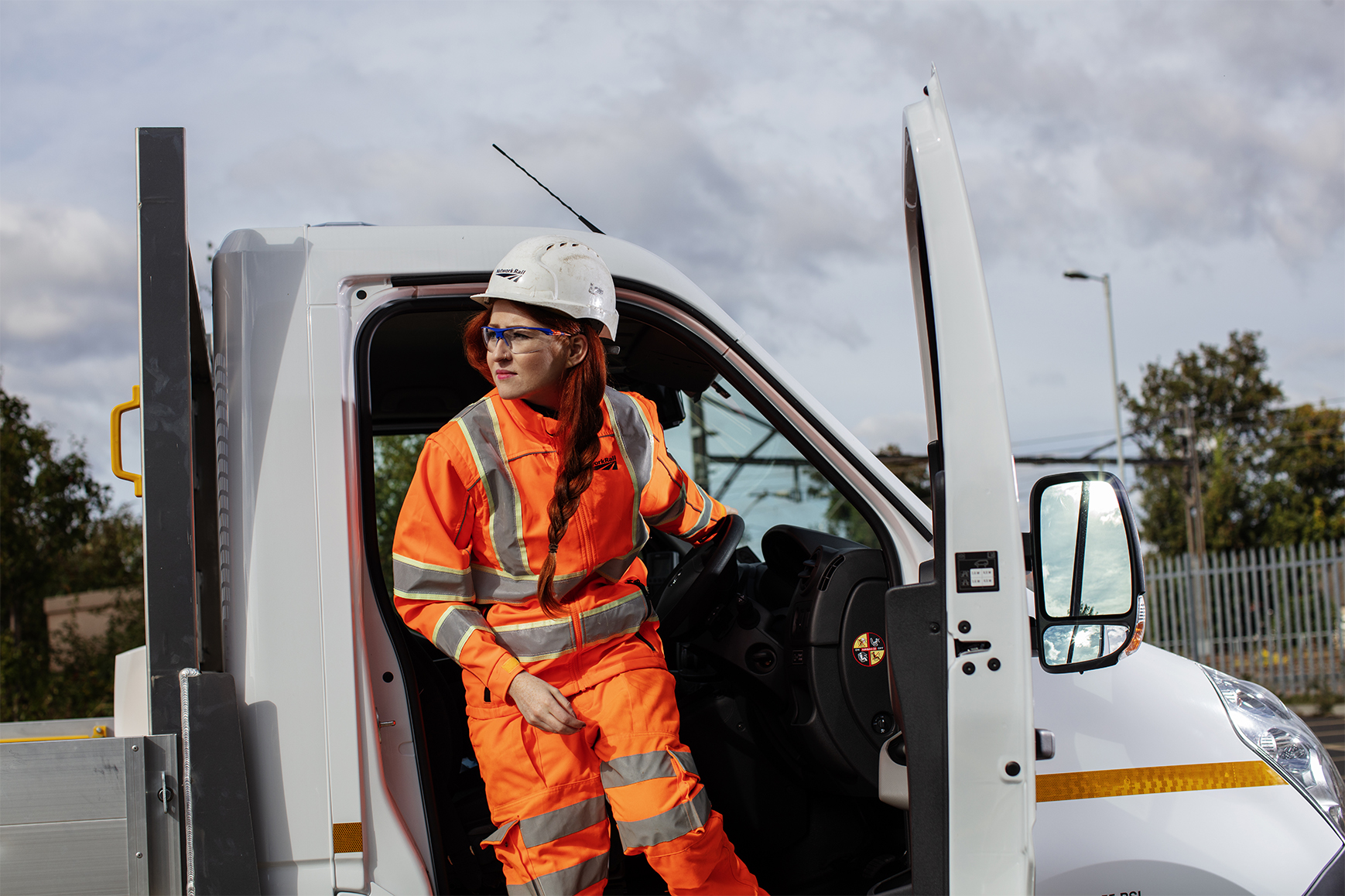
There are three views about AI we hear regularly and are now taking on the status of industry myths.
The first is about job displacement. It is simply not true, although you will undoubtedly have heard the opposite view as well. AI doesn’t replace humans. Instead, it frees people up to focus on more interesting, more valuable work. All around the world, people are working on tasks right now that waste most of their training and potential – and bore them silly. AI doesn’t get bored or lose focus and make mistakes. It does provide a world-class companion – at whatever the task is – to do the grunt work. The human operator checks the results and applies the insights to their real work.
Think of it like this. Security guards or police officers watching CCTV footage produce results when they identify criminal activity. The hours spent in fast-forwarding footage of nothing, in particular, are not a good use of their time.
Too slow to value?
Another preconception is that AI is always massively complex. The myth is that it takes years to see the benefits, and there’s a significant risk it won’t deliver. A waste of money, in other words.
If that ever was true, it certainly isn’t today. The idea of a team of developers working away in a dark room for years is a thing of the past. Modern, Agile co-creation processes let end-users input their feedback and get usable outputs every step of the way. This step-by-step, small wins approach means the team gains more and more confidence at each stage.
The first step is a ‘hack’, where a small team starts to show the art of the possible over a few days. It’s low risk – if there’s nothing there, your investment was very minimal. If you’re onto something, then great! It’s on to the Proof of Value (POV) to develop and test the key ideas against pre-determined success criteria.
If things are still looking positive (and if they aren’t, the investment risk is still very low), the next leg is a Minimum Viable Product (MVP). This turns the POV into a first draft of the solution, showing the end-to-end process and how it would work. In the next phase, we enter the hypercare process. This is when a small group of users test the MVP and share their experience to improve it before rollout for large-scale use.
The Agile scrum method breaks down even these steps into two-week sprints to decrease risk to an absolute minimum. Fortnightly customer demos ensure development meets expectations. Not only that, it directly links every part of the project to business objectives to create real value.
My situation is unique
If fear over job losses and slow, expensive development are not the issue, then the clincher for many people is that AI is only for other people. “My problem” is always too specific and too hard to solve. The developers simply won’t understand it. AI is only for firms like Facebook and Google.
Let’s unpack this and see what is true and what is a myth.
The sense that “my problem is just too specialised” is not unreasonable. Many jobs and tasks look like they are currently impractical because they just take too long or require so much labor that they are uneconomic. That is until AI solves them. Take the recent AI breakthrough in supporting judges scoring gymnastics at the World Championships or supporting radiologists detect brain aneurysm in CT scans.
At Fujitsu, we are not gymnasts or radiologists! Yes, right now, our technologists probably don’t understand your challenge in enough detail, just as you may not fully understand how to solve it with AI. But combining your team’s understanding of the challenge with our AI expertise in a co-creation approach will make things move quickly.
How does this work? We team up your business challenge owners – the people who understand and explain it better than anyone – with our AI people. The combined team can then handle questions, challenge proposals, and provide feedback as the solution develops. It guides the development to ensure the solution really does meet your requirements. This combination of business challenge owners, end-users, developers, and data scientists brings the best of everyone together to create relevant AI solutions.
Taking on ‘the impossible’
Perhaps you are facing challenges where a solution would have far-reaching value? But you’re holding back because it looks unmanageably large, uneconomic due to labor or training costs, or just plain impossible.
These are the sort of challenges that are so big we perhaps don’t even recognize them as something we could tackle. AI changes all that.
This isn’t just theory. Have a look at this recent Network Rail and Fujitsu AI research & development co-creation project. Together, we are developing an AI tool to automatically identify, catalog and visualize railway assets and their location. It explains how Fujitsu has put all these principles into practice and delivered tangible business value.










